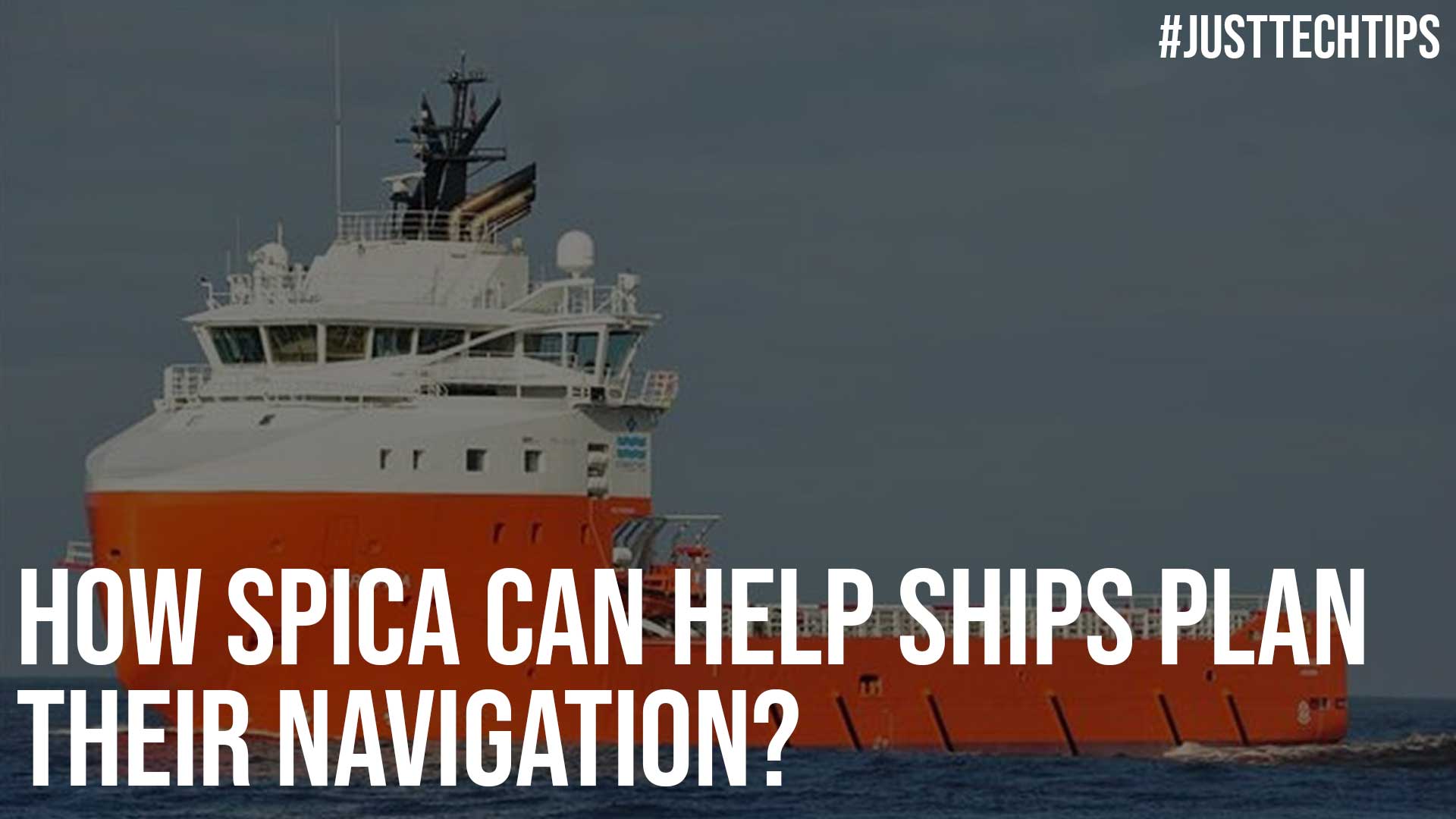Those days are gone when the navigation officer took the help of the unconventional ways of navigating the voyage at sea. The ship officer has several marine navigation equipment that makes their life much simpler, due to the development in the technology.
Besides, the current day seafarers are much trained to know the operation and working of modern-day functioning navigational apps and equipment, which has made their journey smoother & safer at sea. With modern-day automation and facilities, today’s ship has much-advanced passage planning software that gives the right data for their voyage.

Let us know more about it in this article:
What is SPICA passage planning software used for?
SPICA passage planning solution is supported by an add-on module and made to help ship navigation officers in their voyage planning procedure, which includes compliance with the industry guidelines & international legislation.
The SPICA Passage Planner shows compliance with the present requirements to the passage planning, for example by PSC inspection authorities, charterers, and policies.
The passage planning comprises a complete description of the ship’s passage that is made by the professional deck officer of a ship. It is done just to make sure that the ship sticks to their routes to reach their destination post.
Also Read: A Quick Guide To Brisbane SEO
Important functions of SPICA Passage Planning module
- Plan your routes in updated ENCs and required AENP, ADP automatically added to every waypoint or leg in a route.
- Add & edit waypoints in the Passage Plan view. Changes of the waypoints will be updated in a Passage Plan at the same time.
- Offers a complete overview of the route waypoints, speed, legs, and predicted times as well as based on AtoBviaC service.
- Passage planning software allows you easily share the routes between the vessel, charters, shipping companies, to make sure much safer navigation.
- The printable passage plan (ENC update state, route details, AENP certificate, and ADP certificate) is available.
- Safety check of waypoints or legs based on the vessel specifications (UKC, draught, height, and more.)
- Position fix & parallel indexing in a route can automatically get added in a Passage Plan document.
- Exchange the routes between various vessels in the fleet.
Let us now know go ahead and check out how the process works:
Appraisal
An appraisal is an initial procedure in which risks will be assessed and identified, to make sure that vessel passage is secure and safe.
Amongst various factors that must be considered during an appraisal of the passage, the plan is berthing requirements, navigation, mooring & tug operations, security & anti-piracy measures, port entry requirements, stability and strength, Special Areas, regional and national requirements, and passage plan amendments.
Planning
Making the full appraisal using information about passage, under the authority of Master is preparing the detailed passage plan. This plan will be laid out from one pier to another, which includes pilotage waters.
It’s good practice you mark the dangerous areas like close by wrecks, reefs, shallow water, emergency anchorage positions, small islands, and other information, which may help safe navigation.
Execution
During such stage, it’s suggested that Bridge Team will contact the plan of passage and ensure that ship will navigate with a developed plan. Furthermore, there must be some actions taken when the ship departs.
Firstly, speed must get adjusted based on ETA & expected weather or oceanographic conditions, to be at right time at the port of destination. Besides, it should be taken into account availability of the fuel and water on board, prevention of shortage during your voyage. If the ship makes use of proper execution, there should be set an appropriate limit about the safety.
Also Read: Insurance Digital Transformation: Trends And Best Practices
Other connected benefits
With navigation lies connectivity, so getting an ability to connect offices, assets, data, and teams allows higher awareness, enhanced decision-making, and transparency, for businesses and vessels.
Thus, in a monitoring stage, navigation becomes a cornerstone for the formation of the onshore fleet operations, whereby the shore-based captains will monitor the vessel progress with the planned schedules, checking out weather conditions & feeding relevant info to the crew. This type of connected support is the stepping stone on your path to decreased crew demands & higher vessel autonomy.